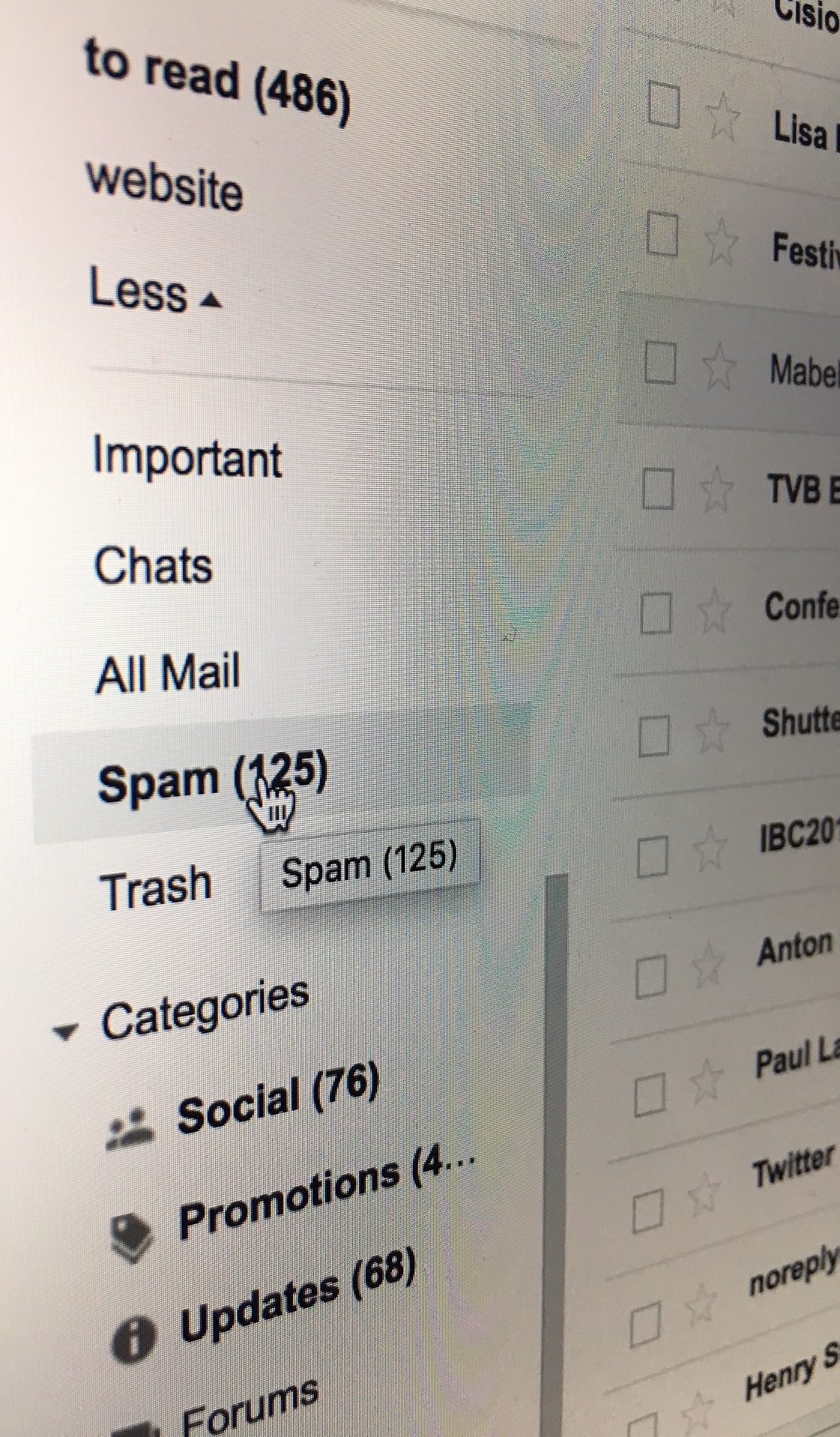The GDPR comes into effect on the 25th of May 2018 and your email marketing lists are at risk.
What is the GDPR?
The EU General Data Protection Regulation (GDPR) is a new law which will regulate how companies approach data privacy. It’s been designed to protect EU citizens’ personal data, and organisations that don’t comply face the threat of fines of up to 4% of their annual global turnover or twenty million Euros (whichever is greater.)
There’s no way I can explain the ins and outs of GDPR in this short piece, but the regulation stipulates how personal data should be collected, stored, accessed and managed and gives people far greater access to, and control over, how their data is used by companies. One area that will be significantly impacted by the new legislation is email marketing.
How will the GDPR impact email marketing?
Most businesses that have been trading for any reasonable period have built up lists of contacts over this time. These contacts might include previous customers, prospects, event attendees, subscribers to your newsletters, etc. You may have anywhere from a couple of hundred to thousands of contacts that you send emails to from time to time, and you probably use your own discretion to segment these lists into groups that receive different kinds of communication – based on what you think is most likely to convert a contact into a customer.
But, under the GDPR you will need to be able to prove, not only that your contacts have opted in to receive emails from you, but that they have given their consent to receive the specific content you’re sending them. So, no more sending newsletters to those contacts that submitted their email address when downloading your ebook - unless you can convince them to sign up for to your newsletter subscription list before the 25th of May 2018 you won’t be able to email them at all.
The end of email marketing ... or its salvation?
For many companies complying with GDPR will mean a drastic reduction in the number of contacts they can send marketing emails to. But is this such a bad thing? The first mass marketing email was sent in 1978 by the “Father of Spam” Gary Thuerk (a marketing manager at Digital Equipment Corp) to 400 recipients and resulted in $13 million worth of sales for DEC machines. Since then, the lists of recipients we send marketing emails to have got a lot longer, and the success rates have got dropped drastically. On average only 20% of marketing emails are opened and between 2 and 5% manage to entice recipients to click-through to the promotion, website or other content the email was designed to attract audiences to. Thuerk would not be impressed.
While the GDPR might reduce the number of contacts you engage with via email marketing, it should also result in lists populated only by contacts that have a real interest in your business and products – which should send engagement rates soaring. At the end of the day, whether 20% of 20 000 contacts or 80% of 5000 contacts open your email, you’re still reaching the same number of people – with GDPR you just won’t be wasting your time reaching out to those that aren’t interested in your what you have to share.
Here’s to no more spam.
If you're looking for more information about the GDPR, The ICO provides a relatively easy to understand overview here



